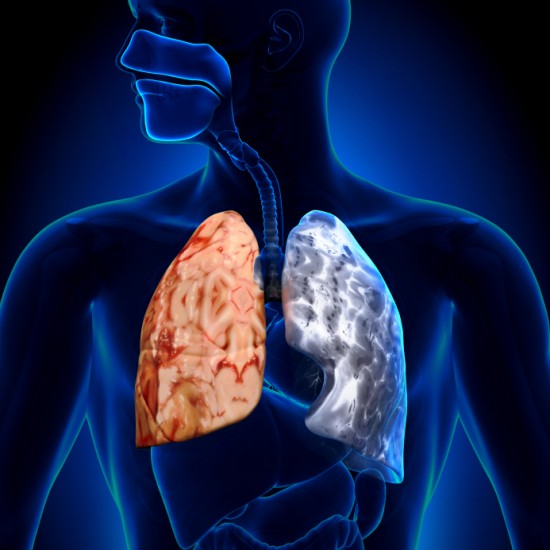
In 2001 he founded Epocal, and developed the epoc Blood Analysis System. He left i-STAT in 1999, but remained in Ottawa. Imants Lauks founded i-STAT in 1983 in Ottawa, Canada. Patient and QC data is uploaded by real-time wireless.īoth systems have a common ancestry. The epoc system has no ability for remote-service diagnostics. The Abbott service center can perform diagnostics through a modem, and patient and QC data can be uploaded by a hospital Ethernet or wireless network.

Both instruments weigh about 1.5 pounds, they have similar dimensions, and they can be remotely controlled by the central laboratory. A one-point automatic calibration is required for every sample.

The Alere-epoc Blood Gas Analysis System, from Alere, Waltham, Mass, is a single-test, card-based system, and can measure nine parameters, including pH, pCO2, p02, Hct, Na, K, iCa, lactate, glucose, and reports six calculations. Automated electronic QC and liquid QC are recommended for the handheld and cartridges, respectively, as directed by the facilities’ policies.

For all cartridges requiring calibration (chemistries and blood gases), a one-point calibration is performed automatically as part of the cartridge testing cycle. There are 18 different cartridges with numerous combinations of tests. It has the most comprehensive test menu on any of the 24 platforms. The i-STAT System from Abbott Point of Care, Princeton, NJ, is a single-use, cartridge-based system that has an extensive menu (19 determinations and six calculated results), including pH, pCO2, pO2, Hct, Na, K, Cl, TCO2, iCa, lactate, glucose, creatinine, BUN, cardiac markers (BNP, CK-MB, and Troponin I), and coagulation testing (ACT Celite, ACT Kaolin, and PT/INR). There are two devices that can be easily deployed at the bedside and are small enough to be held and operated in the hand of a caregiver. All of the available instruments have footprints that allow them to be placed in near-patient testing sites such as satellite laboratories or, in some cases, at the patient’s bedside. There are no less than 10 manufacturers of devices offering 24 different platforms that can quickly analyze and calculate a wide variety of important parameters. The article mentioned a few specific analyzers, but did not include a discussion of the many options that are available to laboratorians and point-of-care providers for providing blood gas testing and other critical care tests. If connecting via Ethernet, a docking station or USB-Ethernet adapter, purchased from a vendor, is required.The i-STAT System from Abbott Point of Care is a single-use, cartridge-based system that has an extensive menu.These instruments have footprints that allow them to be placed in near-patient testing sites or at the patient’s bedsideĪn earlier article titled “Blood Gases: Why? Where? And What Else?” discusses the importance of doing blood gases, and provides an overview of blood gas analyzers, including additional analytes that are now available on blood gas platforms. The device can transmit to QML wirelessly or via Ethernet. QML version 2.3.22 or higher is required for ADEXUSDx connectivity. The ADEXUSDx analyzer, manufactured by NOWDiagnostics ®, is an immunoassay used for the qualitative detection of human chorionic gonadotropin in human whole blood, plasma, or serum and is indicated as an aid for detecting early pregnancy. For intended use and complete product information, visit ADEXUSDx ™ Not all products are available in all regions. i-STAT TBI Plasma test is not intended for use as a point-of-care device. In the U.S., the i-STAT TBI Plasma test is the only test available for use with i-STAT Alinity system. *i-STAT and Alinity are trademarks of Abbott and used with permission. QML allows the connection of both i-STAT 1 System via i-STAT/DE and i-STAT Alinity devices simultaneously.

i-STAT Alinity instruments communicate with QML either wirelessly or via an Ethernet-connected base station and require a minimum QML version of 2.3.28. Although the i-STAT TBI Plasma test is the only cartridge currently available for the i-STAT Alinity system in the USA, TELCOR will support future additions to the i-STAT Alinity testing menu. Connectivity includes the ability for TELCOR’s QML to collect test result data directly from i-STAT Alinity instruments, send i-STAT Alinity instruments an operator list, a patient list, a strip lot list and to manage date/time on the instrument.


 0 kommentar(er)
0 kommentar(er)
